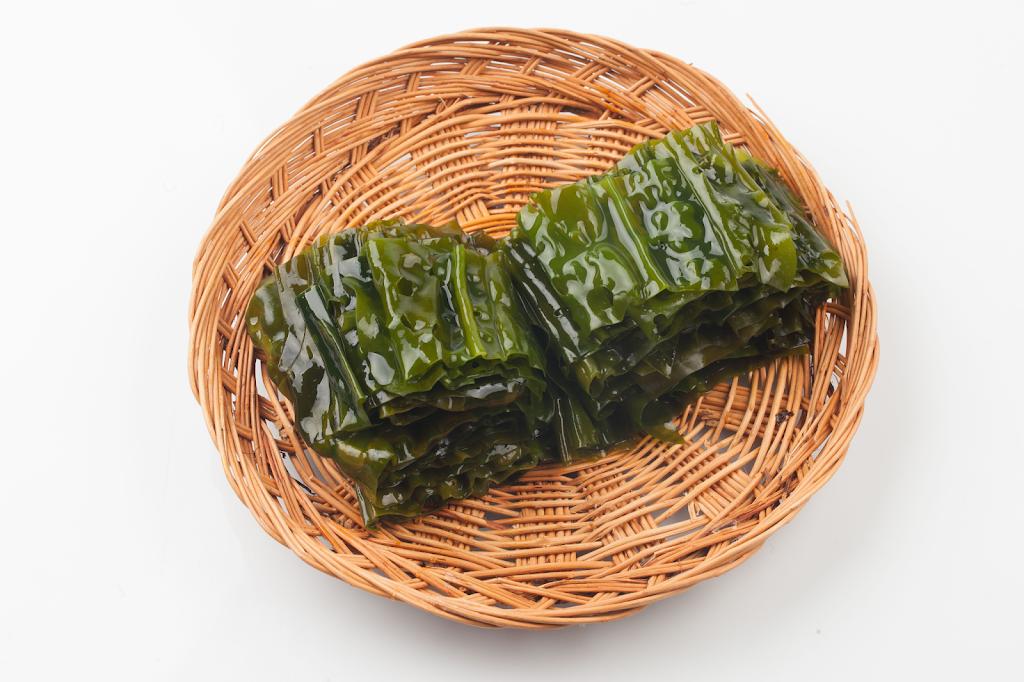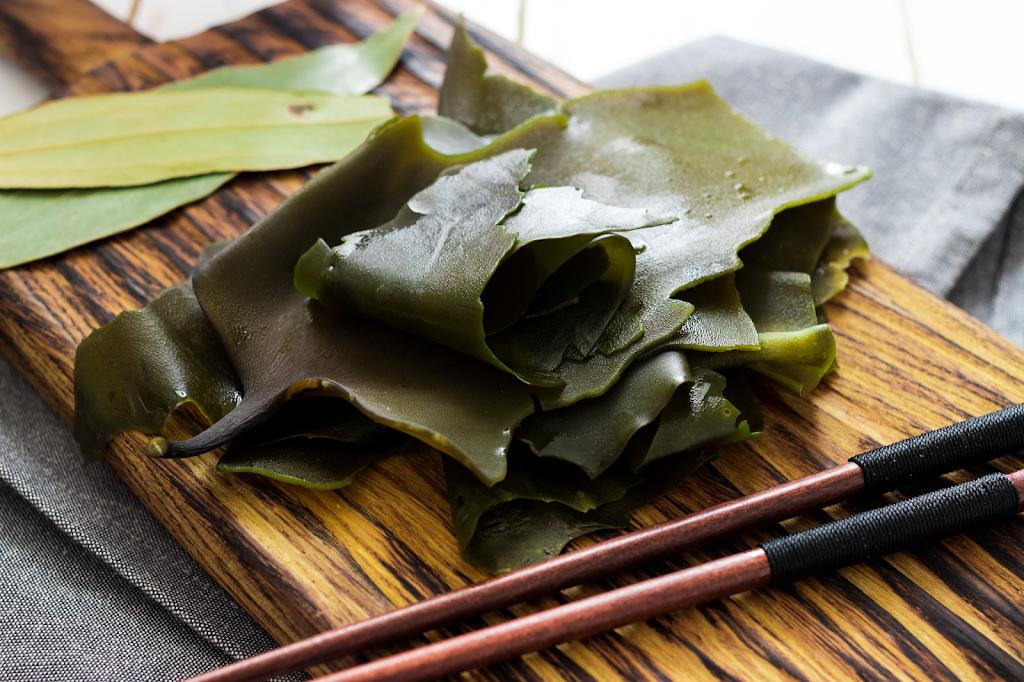
Seaweed is making waves—and not just in sushi rolls. It has quickly garnered increased traction in the culinary world as a versatile ingredient and snack food that your consumers are looking for. This once-niche ingredient has sailed beyond sushi bars and specialty shops, landing squarely in the spotlight of modern culinary innovation. You see it in savory snacks, protein-packed meal kits, broths, dips, and even desserts, proving it’s got more range than most pantry staples. Seaweed’s rise isn’t just about its unique, umami-rich taste; it’s about aligning your brand with health, sustainability, and science-backed flavor that’s impossible to deny.
When you dig deeper, it’s easy to see why. Packed with antioxidants, naturally low in calories, and boasting an impressive nutrition profile, seaweed appeals to a growing consumer base hungry for better-for-you options. As food safety regulations and shelf life policies evolve, seaweed fits the script with its clean label and minimal processing. From Jersey kitchens to national manufacturing networks, the ingredient is carving out space in artisanal and large-scale R&D efforts. Here’s everything you need to know about seaweed and how we can help you incorporate this versatile ingredient into your offerings.
The Culinary History of Seaweed
Seaweed has been revered in kitchens across Asia, Europe, and coastal communities worldwide for centuries. Far from being a modern novelty, this ingredient has anchored countless traditional dishes, prized for both its flavor and health benefits. Whether it’s nourishing soups in Japan, stews in Wales, or coastal cuisine in Korea, seaweed has always been more than a garnish; it’s been a quiet workhorse of global food culture.
Seaweed is briny, earthy, subtly sweet, and packed with umami. It adds depth, minerality, and sometimes a hint of the ocean breeze. Seaweed pairs especially well with sesame, citrus, mushroom, soy, tomato, garlic, and vinegar-based acids.
Beyond taste, seaweed delivers real formulation power. Naturally rich in glutamates, it enhances savory flavor and helps reduce sodium without compromising depth. It also contains gelling and thickening agents like alginates and carrageenan, which are already widely used in sauces, beverages, and dairy alternatives. Plus, its impressive nutrient profile—offering iodine, calcium, iron, omega-3s, and even prebiotic polysaccharides—makes it a favorite in better-for-you innovation.
As more people encounter this humble ingredient in the wild and discover its potential, some enterprising minds in the food industry have found ways to elevate this humble ingredient and transform it into a staple in their product lines.
Most Common Types of Seaweed
While there are thousands of edible seaweeds, a few stand out in modern food science and culinary applications as customers look to expand their horizons. These varieties offer a full range of taste and texture profiles, making them ideal for use in a variety of products. Each offers distinct nutritional perks, supply chain versatility, and unique ingredient functionality. Let’s break down the heavy hitters.
Nori
You know nori as the crispy wrapper around your favorite sushi roll, but it’s doing much more behind the scenes. With its bold umami taste, ease of processing, and long shelf life, nori is a go-to for brands looking to develop flavorful, functional snacks to break into the market. Additionally, it plays well with poultry and plant-based formulations, offering a savory edge without overpowering the profile.
Nori’s versatility doesn’t stop at sushi or snack sheets. Brands are using it in unexpected ways to create craveable, health-forward products that feel indulgent but purposeful. Take Trader Joe’s Tempura Seaweed Snack—light, crispy nori sheets encased in a delicate batter that deliver a satisfying crunch and umami burst, all while tapping into seaweed’s clean-label appeal. Or Blue Evolution’s Seaweed Pasta, which incorporates dried nori into a familiar format, adding a subtle briny note and boosting the nutritional profile with iodine and fiber. These products prove that nori can elevate both snackable treats and everyday staples, expanding seaweed’s role from novelty to necessity.

Kombu
This thick, hearty seaweed is a culinary backbone in Japanese dashi stock, and it’s quietly making waves across the food industry. Kombu is loaded with glutamates, naturally enhancing taste without added sodium, which people are more mindful of. It also supports food ingredient solutions, prioritizing depth, structure, and consistency in your menus and product lines.
Kombu is also finding its way into a variety of CPG products that go beyond broth. Ocean’s Halo has harnessed its natural glutamates in a kombu-based ramen broth that delivers rich, plant-based umami without added MSG—perfect for clean-label formulations. Miyoko’s Cultured Vegan Butter incorporates kombu to enhance depth and complexity, proving that seaweed can elevate even dairy alternatives with savory, sustainable flair. And in Momofuku’s cult-favorite Chili Crunch, bits of kombu contribute to the condiment’s layered, addictive flavor. Across categories, kombu adds body, richness, and functionality, making it a smart tool for brands developing bold yet balanced flavor profiles.
Wakame
Wakame brings a mild, slightly sweet flavor that blends effortlessly into salads, broths, and slaws. Its nutritional profile is hard to beat; it’s rich in iodine, calcium, and omega-3s, making it a standout in health-forward R&D. Wakame’s delicate texture and light bite create an approachable entry point for consumers new to seaweed-infused products.
Wakame is also making waves in ready-to-eat and seasoning formats that prioritize health and convenience. Annie Chun’s Seaweed Salad brings this sea vegetable to the grab-and-go aisle, delivering a fresh, umami-rich bite packed with minerals and fiber. Ocean’s Balance takes a pantry-friendly approach with its Seaweed Sprinkle—a wakame- and kelp-based blend that adds a savory, nutritional boost to everything from eggs to popcorn. Thrive Market’s Miso Broth rounds out the lineup by infusing wakame into a shelf-stable base ideal for sipping or cooking. These products showcase how wakame’s mild flavor and nutrient density make it a versatile addition across wellness-forward CPG categories.

The Rise of Seaweed-Forward Snacks
Gone are the days when processed fillers dominated chips and bars to create a product. Today’s consumer seeks flavor with function and prefers sustainable ingredients over overly processed options. Seaweed-forward snacks are hitting that sweet spot of nutrient-dense, low-calorie, and laced with naturally occurring protein and antioxidants. From baked nori crisps to kombu-seasoned popcorn, seaweed has become a smart vehicle for both taste and wellness. As food ingredient innovation continues to align with policy and shelf life requirements, seaweed fits the bill from both a consumer and company perspective.
How NuSpice Helps You Incorporate Seaweed Seasoning Blends Into Your Products
At NuSpice, we combine food science and ingredient sourcing to offer seaweed seasoning blends that hit every mark across taste, nutrition, food safety, and sustainability. Whether you’re creating a bold poultry rub, a healthy snack line, or a fusion-inspired ready meal, we’ve got the supply chain, research and development resources, and know-how to help. Our full range of seasoning solutions supports your brand’s push for flavor innovation without compromise.
Let Us Help You Harness the Power of Seaweed!
Seaweed says your brand gets it and tells your customers that you’re creating trends and not chasing them. With seaweed, you add credibility, health, nutrition, and a sense of forward-thinking policy baked into every bite.
We’re proud to be rooted in Jersey, supporting a local-to-global manufacturing network that’s ready to help you level up. Our commitment to quality, food safety, and sustainability runs deep. We collaborate closely, bringing a fresh perspective to R&D so your brand’s identity remains strong while your offerings evolve.